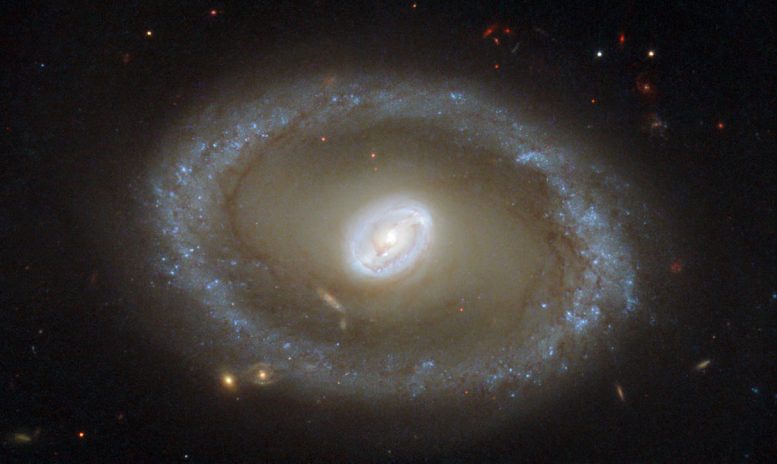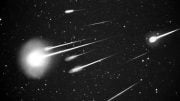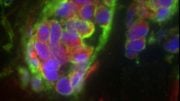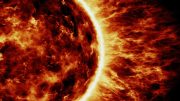
Situated in the constellation Hydra (The Sea Serpent), NGC 3081 lies at a distance of over 86 million light-years from Earth. This galaxy is classified as a type II Seyfert galaxy, distinguished by its brilliant nucleus. Credit: ESA/Hubble & NASA; Acknowledgement: R. Buta (University of Alabama)
This newly released Hubble image shows type II Seyfert galaxy NGC 3081, which is located over 86 million light-years from Earth.
Taking center stage in this new NASA/ESA Hubble Space Telescope image is a galaxy known as NGC 3081, set against an assortment of glittering galaxies in the distance. Located in the constellation of Hydra (The Sea Serpent), NGC 3081 is located over 86 million light-years from us. It is known as a type II Seyfert galaxy, characterized by its dazzling nucleus.
NGC 3081 is seen here nearly face-on. Compared to other spiral galaxies, it looks a little different. The galaxy’s barred spiral center is surrounded by a bright loop known as a resonance ring. This ring is full of bright clusters and bursts of new star formation, and frames the supermassive black hole thought to be lurking within NGC 3081 — which glows brightly as it hungrily gobbles up infalling material.
These rings form in particular locations known as resonances, where gravitational effects throughout a galaxy cause gas to pile up and accumulate in certain positions. These can be caused by the presence of a “bar” within the galaxy, as with NGC 3081, or by interactions with other nearby objects. It is not unusual for rings like this to be seen in barred galaxies, as the bars are very effective at gathering gas into these resonance regions, causing pile-ups which lead to active and very well-organized star formation.
Hubble snapped this magnificent face-on image of the galaxy using the Wide Field Planetary Camera 2. This image is made up of a combination of ultraviolet, optical, and infrared observations, allowing distinctive features of the galaxy to be observed across a wide range of wavelengths.
A paper based on these observations was published in The Astronomical Journal in 2004, entitled “A Hubble Space Telescope Study of Star Formation in the Inner Resonance Ring of NGC 3081” by Ronald J. Buta, Gene G. Byrd, and Tarsh Freeman.
Reference: “A Hubble Space Telescope Study of Star Formation in the Inner Resonance Ring of NGC 3081” by Ronald J. Buta, Gene G. Byrd and Tarsh Freeman, 1 April 2004, The Astrophysical Journal.
DOI: 10.1086/382239









The similarity between the formation of galaxy rings and Saturn’s planetary rings is very interesting.